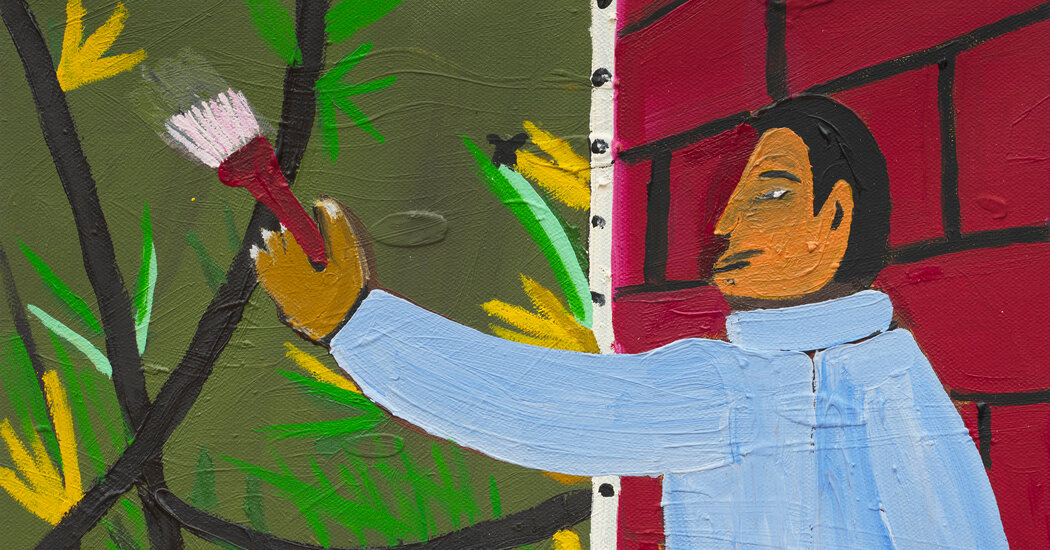A Woman of Pleasure
A novel by Kiyoko Murata, translated from the Japanese by Juliet Winters Carpenter
“Food and sake were set out for them on low tables, and farther inside the room was a scarlet futon. … Having been instructed to say nothing, she kept her lips tightly closed as she poured Takahata a drink.”
In Meiji-era Japan, a 15-year-old girl is sold to an exclusive brothel far from her home. After learning to read and write, she grasps the realities of her situation and organizes with her fellow courtesans to pursue freedom. Published by Counterpoint Press on Feb. 27.
Wolf at the Table
A novel by Adam Rapp
“‘But he’s a painter,’ Fiona declares to the entire table. ‘It’s what he’s been put on the earth to do. And his work is extraordinary. He recently finished a large canvas of a rainforest.’”
As members of a small-town Catholic family struggle with the dwindling dreams of late 20th-century America, they must also face the dawning reality that there’s a serial killer in their midst. Published by Little, Brown and Company on March 19.
Mrs. Gulliver
A novel by Valerie Martin
“‘He’s so good to me,’ she said earnestly. ‘He’s so gentle.’ She leaned back, holding on to the edge of the counter, chin lifted, eyes closed, lips parted. ‘He smells so sweet.’”
On a small tropical island where sex work is legal, a beautiful and sharp-witted blind woman finds employment with a well-established madam. When the only son of the island’s richest family falls in love with her, the lives of those in their orbit are upended. Published by Doubleday on Feb. 20.
Choice
A novel by Neel Mukherjee
“‘Do you know where the name comes from? They used to be called day’s eyes, as in the eyes of the day. You open your eyes first thing in the morning, right? These flowers open first thing on a new day, so they’re called day’s eyes. So from day’s eyes, to dayseyes, daysyes, daisyes, daisies? Do you see?’
“The twins nod but he cannot tell if they have understood or are even interested.”
Three narratives — told from the points of view of a London-based publisher and two of his authors — explore the realities of economic disparity, the ethics of appropriation and the limits of free will. To be published by W.W. Norton on April 2.
About the artist: Growing up in Prospect Heights, Brooklyn, Marcus Jahmal, 33, never imagined that he’d become an artist. It was only after graduating from technical school with an audio-engineering degree and taking a job at a video game production company that he started thinking more about a means of expression that didn’t involve a screen. Today, working out of a studio in the Brooklyn Navy Yard, he makes exuberantly colorful oil paintings that, he says, center on “familiar scenes that deal with human drama and allegory. I like to think of it as visual poetry.” His first solo U.S. museum show will open in May at the Allentown Art Museum in Allentown, Pa.







